
Since ITSMA coined this term, ABM strategy has been the talk of the B2B town.
Here in this article, I’ll talk about the ABM strategy meaning in its most practical sense, along with execution tips and frameworks.
I’ll also discuss how ZenABM can help you ace your ABM motion.
Let’s go!
An ABM strategy meaning centers on focusing resources on a hand‑picked list of dream accounts instead of chasing thousands of random leads. When you apply that focus with data, personalization, and airtight sales‑marketing alignment, results follow: bigger deal sizes, shorter cycles, and happier teams.
ZenABM layers intent data on top of that structure, surfacing buyers the moment they start researching, so you strike while the iron is hot.
If 2024 taught B2B marketers anything, it’s this: blind lead volume is a vanity metric. Pipeline driven by the right companies is what boards care about. Enter account‑based marketing.
The phrase “ABM strategy meaning” has spiked on Google Trends for good reason. Teams are ditching spray‑and‑pray campaigns and adopting precision plays that speak directly to executive pain points. In the first hundred words of this post, you’ve already encountered ABM strategy meaning three times because it’s the anchor concept you’ll need to master.
Traditional demand generation resembles casting a massive net into the ocean, praying the current delivers a whale instead of a shoal of minnows. Account‑based marketing flips that model. You identify the whales in advance, track their migration patterns, and craft the perfect spear. The outcome? Leaner budgets, bigger catches, and sustainable growth. That’s why 76 % of marketers say ABM beats every other tactic for ROI.
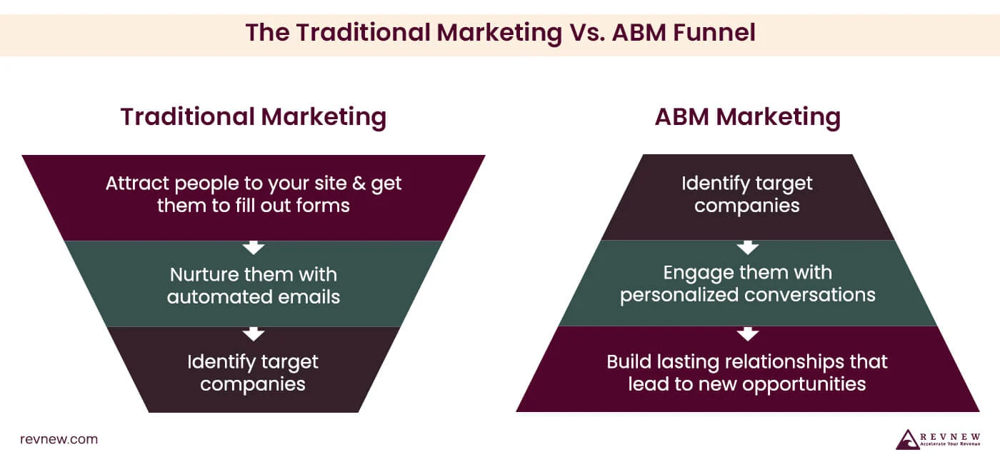
Picture a classic marketing funnel: awareness sits at the wide top, leads trickle down, and somewhere at the narrow bottom, a few become customers.
ABM strategy meaning inverts that funnel. You start with a handful of ideal customers, immerse them in highly relevant experiences, and expand engagement horizontally inside each organization. By the time a deal closes, champions, influencers, and decision makers are all aligned, preventing the dreaded “executive veto” late in the cycle.
Let’s explore the core pillars of ABM strategy meaning:
Everything begins with clarity on whom you serve best. Build your ICP using firmographic (industry, revenue, region) and technographic (tools, cloud stack) attributes.
Then, score accounts based on fit and intent signals. Tier 1 should include no more than twenty companies; they receive one‑to‑one treatment. Tier 2 and Tier 3 receive one‑to‑few or one‑to‑many plays, respectively. This hierarchy ensures resources match upside.
Mine them all: Google News alerts, 10‑Ks, investor calls, podcast appearances.
When you write an email that opens with “Congrats on your Series C. You mentioned expanding to APAC; here’s how peers used our platform to localize campaigns,” you prove relevance in seconds.
Research is the heartbeat of real personalization and the essence of ABM strategy meaning.
In a typical funnel, marketing tosses MQLs over the fence and sales complains about quality. In ABM, both functions own the same revenue target for the same accounts.
They convene weekly to review engagement dashboards, re‑score intent, and adjust outreach. When a CISO at a target brand downloads your zero‑trust white paper, marketing pauses ad spend to that persona and sales sends a custom Loom video within the hour. Alignment becomes muscle memory
An operations director cares about workflow automation; a CFO cares about payback period. Personalization must operate on two levels: account context and persona pains. Craft content paths accordingly.
Relying on a single channel is like fishing with one line.
Modern ABM blends LinkedIn ads, programmatic display, direct mail, executive dinners, and thought‑leadership podcasts. Each touch references prior interactions, reinforcing relevance.
Think of it as surround‑sound marketing.
Traditional dashboards celebrate MQLs and CPLs. ABM tracks progression: aware → engaged → meeting → opportunity → won.
Engagement intensity scores factor in content consumption, ad clicks, and event attendance.
Because metrics align to buying stages, teams spot friction quickly and iterate, fulfilling the continuous‑improvement ethos baked into ABM strategy meaning.
Follow these steps to turn ABM efforts into revenue:
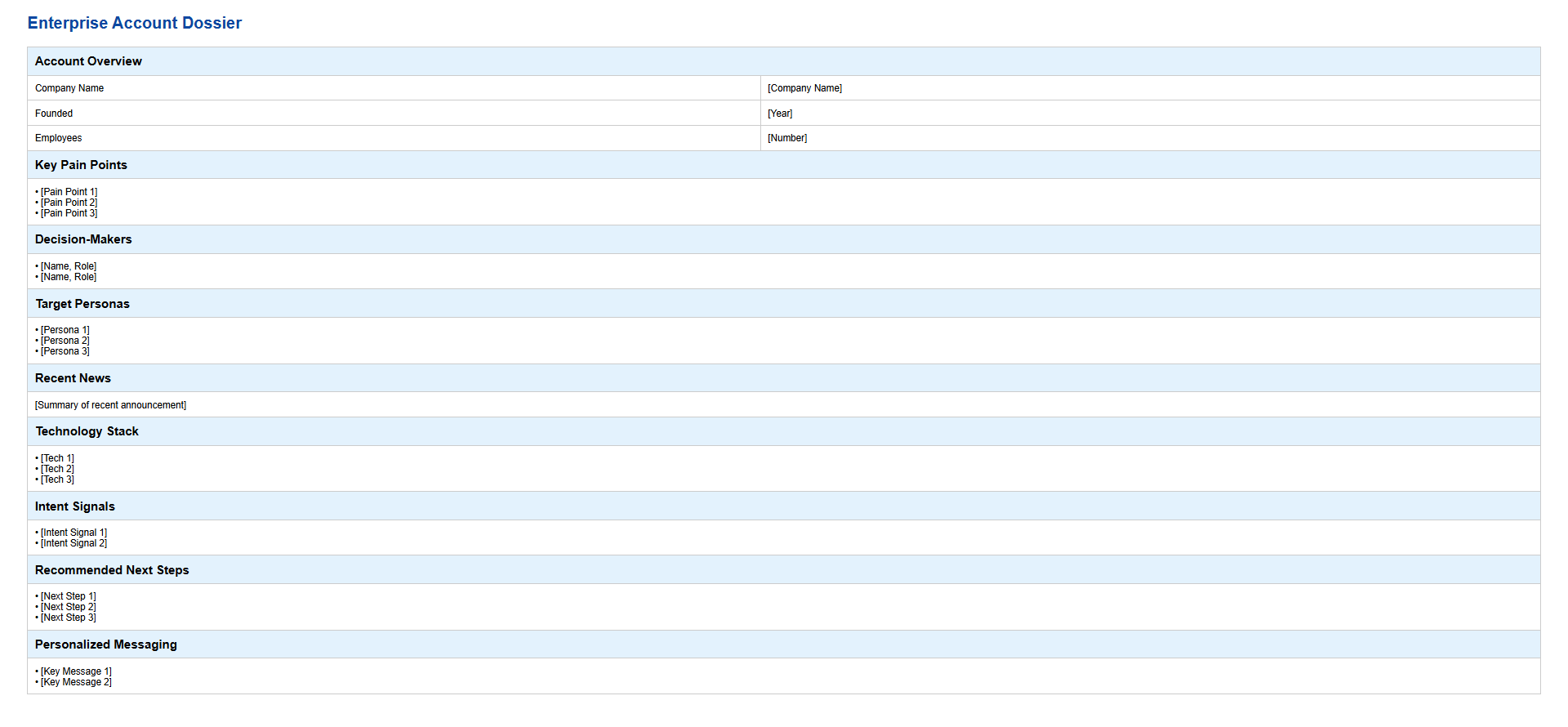
ZenABM is purpose-built for LinkedIn ads ABM.
Here’s what it does:
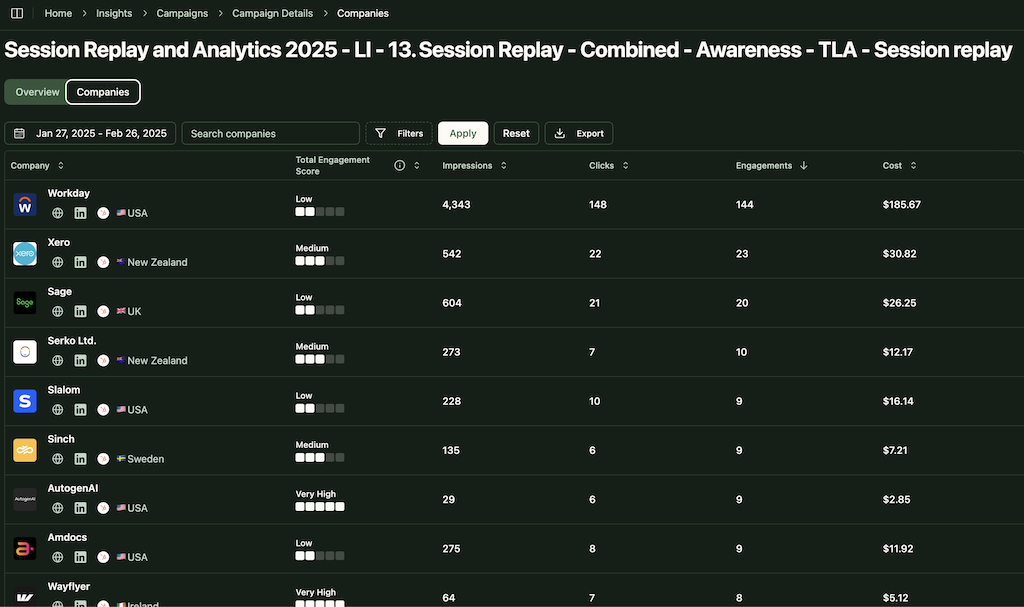

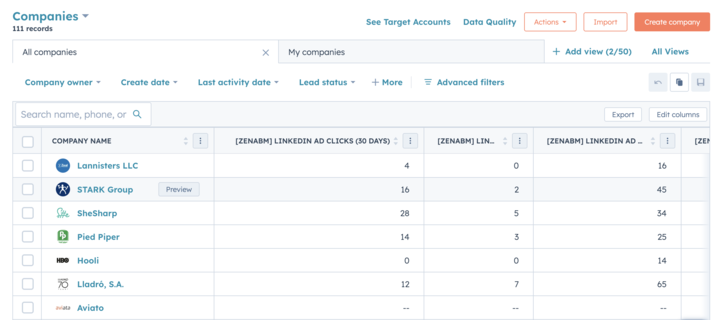




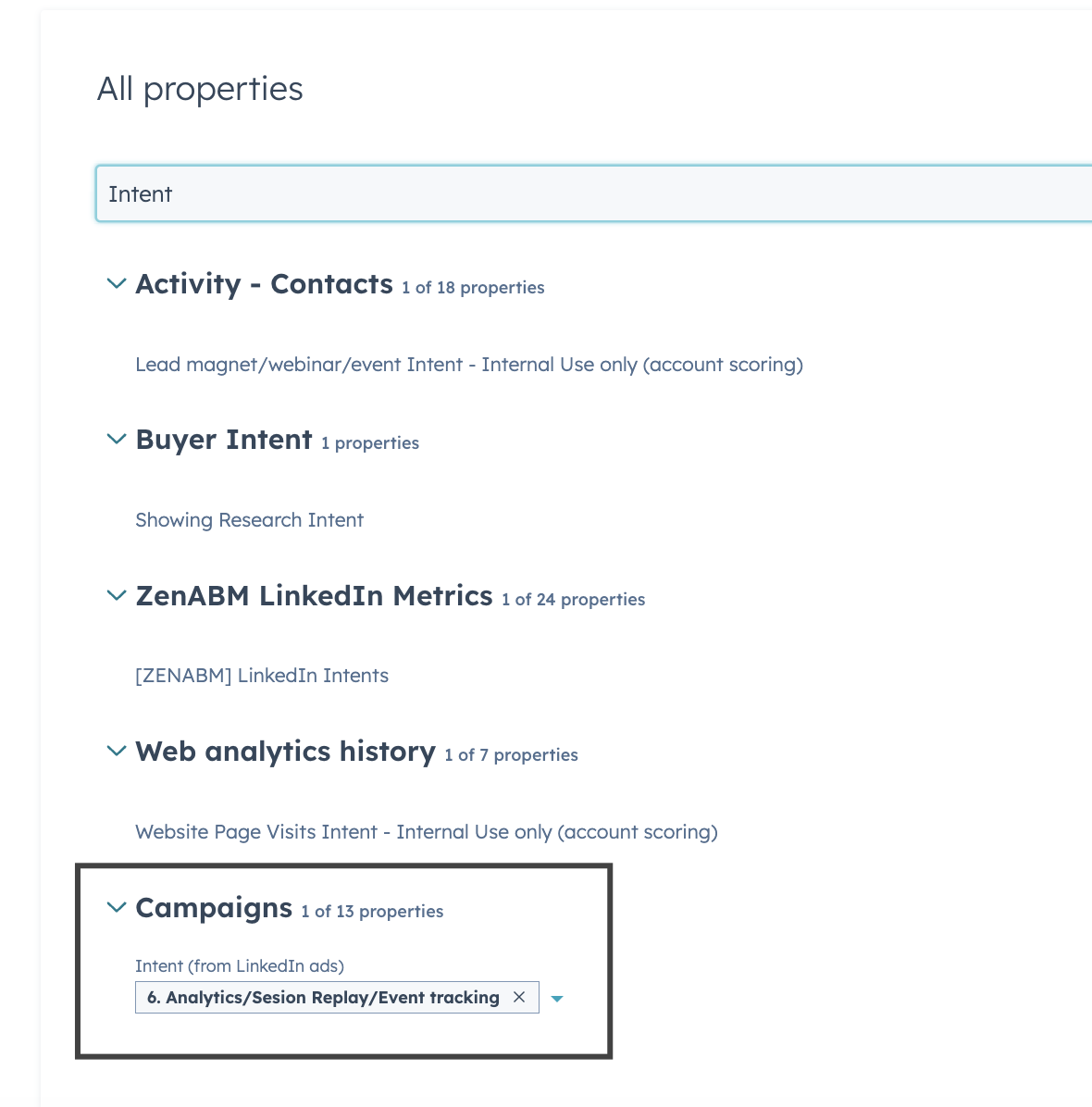
We’ve come full circle. ABM strategy meaning isn’t jargon; it’s a mandate to replace random acts of marketing with precision, empathy, and revenue accountability. Whether you’re chasing Fortune 100 logos or mid‑market disruptors, the formula remains: understand, personalize, orchestrate, and measure. Platforms like ZenABM ensure those steps happen at the speed of buyer intent.
Ready to embed ABM strategy meaning into your 2025 playbook?
Book a 15‑minute ZenABM demo and watch dream accounts surface in your CRM before competitors even know they’re in market.